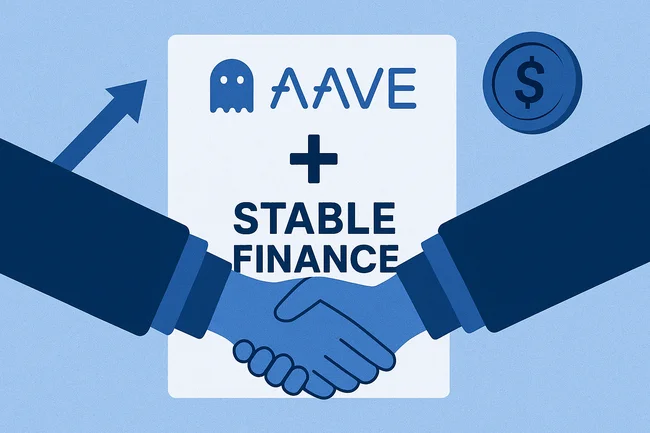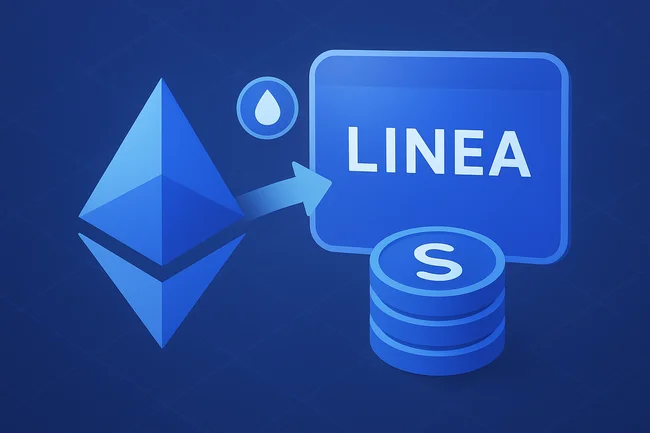Hashgraph consensus is a method used for achieving agreement among distributed nodes in a network. Unlike traditional blockchain methods that rely on mining or proof-of-stake mechanisms, Hashgraph employs a unique algorithm based on a directed acyclic graph (DAG). In this system, each node shares information about transactions through a process called gossip. This allows nodes to quickly spread updates about the status of the network. Additionally, Hashgraph uses a consensus algorithm known as virtual voting, which determines the order of transactions without the need for extensive computational work.The combination of gossip and virtual voting makes Hashgraph highly efficient. It achieves high throughput and low latency, enabling thousands of transactions per second while maintaining security. One of its key advantages is that it doesn’t rely on mining, making it more environmentally friendly. Overall, Hashgraph offers an innovative approach to maintaining consensus, providing speed and scalability while addressing some limitations of traditional blockchain technologies.

China Reaffirms Strict Oversight on Virtual Currencies at Financial Street Forum
China’s central bank reiterated its tough stance on virtual currency activities as the 2025 Financial Street Forum Annual Meeting opened



